Hello all. I have many questions, please "bear" with me I am very new at this. I've been reading for hours and hours about my Fisher Stove. I love it. This forum is fantastic thank you all for your contributions.
I moved into this home in December 2014 and it came with the stove sitting in an existing fireplace.. As it sits the pipe vents out the back and a couple feet up the existing chimney then stops. Some of the chimney tiles are slightly out of alignment with an inch or two gap here and there so I have not felt entirely comfortable burning it. Tell me if I'm off base here. My thought is that I would get a chimney liner. My question is it has an 8 inch vent but it seems that with that large of a vent I would be losing a lot of heat. I would also want to burn sometimes with the door open and screen in. Would it be wise to go to a 6 inch, would I have enough of a draft? Please see pictures,. I think I would have a tee that would go up the beginning part of the chimney then about 3-4 feet of an angled piece maybe about 50-60 degree angle and then it's a straight shot(not sure if I could get to the straight shot without one more angled piece aimed towards the back of the chimney or not) to the top of the chimney. It's about 25 feet in total. Would I go with a straight pipe or a flexible pipe. Is the main advantage of a non flexible pipe the ease of cleaning? I don't know with that angle if it would be possible to use a straight pipe. Do you think a beginner would be able to install liner? Flexible seems like it would be easy. Double or single wall? Any recommendations?I don't think a professional would go from an 8 to a 6 anyways but I'm unsure of that. I also plan on putting in a baffle that I have read about.
I'm also trying to figure out how to source firewood without buying it. Please let me know if you have any advice. That seems like a difficult hurdle. I have found some black walnut and other hardwood for about 52-55 a facecord which doesn't seem too bad. I think overall it would be cheaper than heating oil but I would like to cut my own wood or get it for free somehow. I have loads of box elder but I read that since it is so soft it is not the best for winter heating, although it makes a decent shoulder wood. Any idea how many facecords of a decent hardwood it would take to heat all winter in western NY? It gets cold in the winter. House is 2000 sq. feet and stove is in the basement. Lastly what can you tell me about the stove I included some pictures for fun, tell me what you think! Thanks in advance. Hopefully Coaly stops by he seems to be the expert around here. If you have any questions for me or want more pictures just let me know.
I moved into this home in December 2014 and it came with the stove sitting in an existing fireplace.. As it sits the pipe vents out the back and a couple feet up the existing chimney then stops. Some of the chimney tiles are slightly out of alignment with an inch or two gap here and there so I have not felt entirely comfortable burning it. Tell me if I'm off base here. My thought is that I would get a chimney liner. My question is it has an 8 inch vent but it seems that with that large of a vent I would be losing a lot of heat. I would also want to burn sometimes with the door open and screen in. Would it be wise to go to a 6 inch, would I have enough of a draft? Please see pictures,. I think I would have a tee that would go up the beginning part of the chimney then about 3-4 feet of an angled piece maybe about 50-60 degree angle and then it's a straight shot(not sure if I could get to the straight shot without one more angled piece aimed towards the back of the chimney or not) to the top of the chimney. It's about 25 feet in total. Would I go with a straight pipe or a flexible pipe. Is the main advantage of a non flexible pipe the ease of cleaning? I don't know with that angle if it would be possible to use a straight pipe. Do you think a beginner would be able to install liner? Flexible seems like it would be easy. Double or single wall? Any recommendations?I don't think a professional would go from an 8 to a 6 anyways but I'm unsure of that. I also plan on putting in a baffle that I have read about.
I'm also trying to figure out how to source firewood without buying it. Please let me know if you have any advice. That seems like a difficult hurdle. I have found some black walnut and other hardwood for about 52-55 a facecord which doesn't seem too bad. I think overall it would be cheaper than heating oil but I would like to cut my own wood or get it for free somehow. I have loads of box elder but I read that since it is so soft it is not the best for winter heating, although it makes a decent shoulder wood. Any idea how many facecords of a decent hardwood it would take to heat all winter in western NY? It gets cold in the winter. House is 2000 sq. feet and stove is in the basement. Lastly what can you tell me about the stove I included some pictures for fun, tell me what you think! Thanks in advance. Hopefully Coaly stops by he seems to be the expert around here. If you have any questions for me or want more pictures just let me know.
Attachments
-
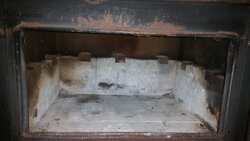 20161107_190830.jpg95.3 KB · Views: 419
20161107_190830.jpg95.3 KB · Views: 419 -
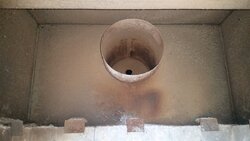 20161107_190835.jpg94.7 KB · Views: 414
20161107_190835.jpg94.7 KB · Views: 414 -
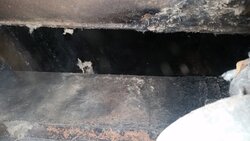 20161107_190922.jpg125.3 KB · Views: 392
20161107_190922.jpg125.3 KB · Views: 392 -
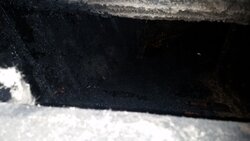 20161107_190931.jpg81.6 KB · Views: 400
20161107_190931.jpg81.6 KB · Views: 400 -
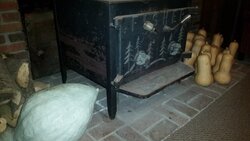 20161107_191823.jpg96.6 KB · Views: 410
20161107_191823.jpg96.6 KB · Views: 410 -
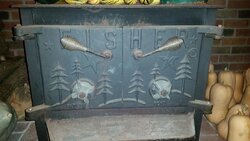 20161107_190818.jpeg118.7 KB · Views: 404
20161107_190818.jpeg118.7 KB · Views: 404 -
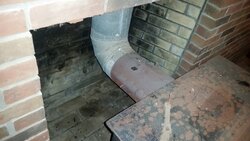 20161107_190851.jpg117.8 KB · Views: 401
20161107_190851.jpg117.8 KB · Views: 401 -
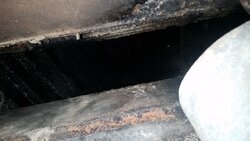 20161107_191255.jpg105.7 KB · Views: 407
20161107_191255.jpg105.7 KB · Views: 407 -
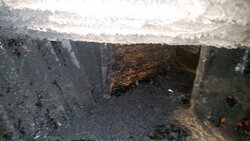 20161107_191249.jpg134.4 KB · Views: 398
20161107_191249.jpg134.4 KB · Views: 398
Last edited:

